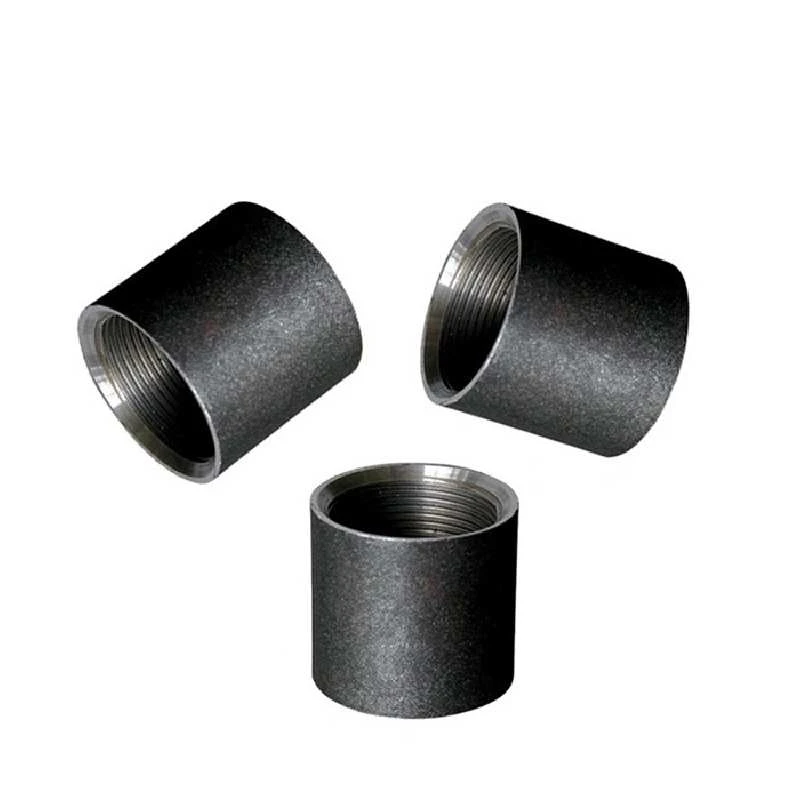-
Cangzhou Yulong Steel Co., Ltd.
-
Phone:
+86 13303177267 -
Email:
admin@ylsteelfittings.com
- English
- Arabic
- Italian
- Spanish
- Portuguese
- German
- kazakh
- Persian
- Greek
- French
- Russian
- Polish
- Thai
- Indonesian
- Vietnamese
- Zulu
- Korean
- Uzbek
- Hindi
- Serbian
- Malay
- Ukrainian
- Gujarati
- Haitian Creole
- hausa
- hawaiian
- Hebrew
- Miao
- Hungarian
- Icelandic
- igbo
- irish
- Japanese
- Javanese
- Kannada
- Khmer
- Rwandese
- Afrikaans
- Albanian
- Amharic
- Armenian
- Azerbaijani
- Basque
- Belarusian
- Bengali
- Bosnian
- Bulgarian
- Catalan
- Cebuano
- China
- China (Taiwan)
- Corsican
- Croatian
- Czech
- Danish
- Esperanto
- Estonian
- Finnish
- Frisian
- Galician
- Georgian
- Kurdish
- Kyrgyz
- Lao
- Latin
- Latvian
- Lithuanian
- Luxembourgish
- Macedonian
- Malgashi
- Malayalam
- Maltese
- Maori
- Marathi
- Mongolian
- Myanmar
- Nepali
- Norwegian
- Norwegian
- Occitan
- Pashto
- Dutch
- Punjabi
- Romanian
- Samoan
- Scottish Gaelic
- Sesotho
- Shona
- Sindhi
- Sinhala
- Slovak
- Slovenian
- Somali
- Sundanese
- Swahili
- Swedish
- Tagalog
- Tajik
- Tamil
- Tatar
- Telugu
- Turkish
- Turkmen
- Urdu
- Uighur
- Welsh
- Bantu
- Yiddish
- Yoruba

Oct . 19, 2024 10:46 Back to list
blank flange
Understanding Blank Flanges A Comprehensive Overview
In the realm of piping and industrial applications, blank flanges play a crucial role in providing a secure and robust solution for sealing pipes, tanks, and various equipment. While they may seem simple in design, their functionality and applications hold significant importance across many industries, including oil and gas, water treatment, pharmaceuticals, and chemical manufacturing. This article delves into the concept of blank flanges, their types, uses, benefits, and installation considerations.
What is a Blank Flange?
A blank flange, also known as a blind flange, is a flat disc of metal that is designed to close off the end of a pipe or vessel. Unlike other types of flanges that facilitate connections between pipes or fittings—such as threaded or weld neck flanges—blank flanges serve exclusively as a closure. Typically manufactured from materials such as carbon steel, stainless steel, or alloy steel, they come in various sizes, thicknesses, and pressure ratings to accommodate different applications and environments.
Types and Standards of Blank Flanges
Blank flanges are classified based on several criteria, including material, size, and pressure rating. Common standards for flanges include ANSI/ASME 16.5 for steel pipe flanges and API 605 for oil and gas applications. These standards dictate the dimensions, tolerances, and performance characteristics of blank flanges to ensure that they meet the requirements of various industrial applications.
Typically, blank flanges are available in several types, such as
1. Flat Blank Flanges These flanges are designed as flat discs and are often used in systems with lower pressure and temperature requirements.
2. Raised Face Blank Flanges Featuring a raised area around the bolt holes, these flanges provide enhanced sealing capabilities and are more common in high-pressure applications.
3. Gasketed Blank Flanges Some blank flanges are equipped with gaskets that help create a tighter seal, preventing leaks in high-pressure systems.
Applications of Blank Flanges
The versatility of blank flanges makes them suitable for various applications, including
- Seal Off Pipes They are primarily used to seal the end of pipes to prevent the flow of fluids or gases. This is particularly useful during maintenance or when a section of piping is being decommissioned.
- Pressure Testing Blank flanges are also employed during pressure testing of pipelines, allowing systems to be tested without leaks.
blank flange

- Safety Measures These flanges can serve safety purposes. By closing off unused connections, they help prevent accidental leaks or environmental contamination.
- Tank and Vessel Closures In industrial tanks and vessels, blank flanges can securely seal access points, ensuring that the contents are contained.
Advantages of Using Blank Flanges
There are multiple advantages to using blank flanges in industrial settings
1. Cost-Effective Blank flanges are typically more affordable than other types of flanges since they lack complex features. Their simplicity can lead to lower manufacturing costs.
2. Ease of Installation Installing blank flanges is straightforward and requires fewer tools compared to more intricate fittings and connections.
3. Durability Made from robust materials, blank flanges offer excellent resistance to corrosion and wear, ensuring longevity even in harsh environments.
4. Versatility Blank flanges can be customized to meet different specifications, making them suitable for various uses across multiple industries.
Installation Considerations
While installing blank flanges often entails less complexity than other types of flanges, certain considerations should still be addressed
- Compatibility Ensure the flange matches the material and pressure rating of the pipe or vessel it is being attached to.
- Gasket Selection Choose the right gasket material to ensure a proper seal, especially in high-pressure applications.
- Torque Specifications Follow the appropriate torque settings when bolting the flange to prevent leaks and ensure stability.
In conclusion, blank flanges may be simple in their design, yet their impact on the efficiency and safety of industrial operations cannot be understated. Understanding their characteristics, applications, and advantages is essential for engineers and technicians responsible for maintaining piping systems and equipment. The right choice and proper installation of blank flanges contribute significantly to the reliability and performance of industrial systems.
Latest news
-
ANSI 150P SS304 SO FLANGE
NewsFeb.14,2025
-
ASTM A333GR6 STEEL PIPE
NewsJan.20,2025
-
ANSI B16.5 WELDING NECK FLANGE
NewsJan.15,2026
-
ANSI B16.5 SLIP-ON FLANGE
NewsApr.19,2024
-
SABS 1123 FLANGE
NewsJan.15,2025
-
DIN86044 PLATE FLANGE
NewsApr.19,2024
-
DIN2527 BLIND FLANGE
NewsApr.12,2024
-
JIS B2311 Butt-Welding Fittings LR/SR 45°/90° /180°Seamless/Weld
NewsApr.23,2024











